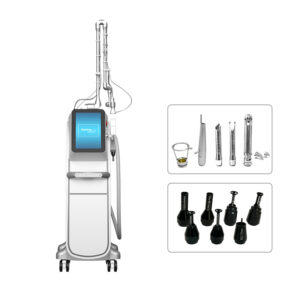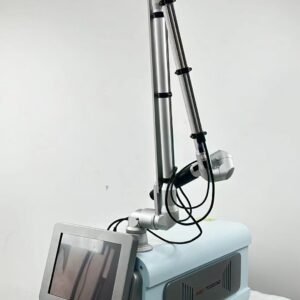tattoo removal
**Tattoo removal** is a medical or cosmetic procedure designed to eliminate or significantly reduce the appearance of unwanted tattoos on the skin. Tattoos are created by injecting ink particles into the dermis layer of the skin, and tattoo removal aims to break down these ink particles so that the body’s immune system can naturally remove them over time.
There are several methods for tattoo removal, with laser tattoo removal being the most common and effective. In laser tattoo removal, a high – intensity laser beam is directed at the tattooed area. The laser emits short pulses of light that are absorbed by the tattoo ink particles. The absorbed energy causes the ink particles to heat up and shatter into smaller fragments. The body’s lymphatic system then gradually eliminates these fragmented ink particles, resulting in the fading of the tattoo. Multiple sessions are usually required, as the body can only clear a certain amount of ink with each session, and different colors of ink may respond differently to the laser treatment.
Other tattoo removal methods include surgical excision, where the tattooed skin is cut out and the remaining skin is stitched together; dermabrasion, which involves sanding down the layers of the skin to remove the tattoo; and chemical peels, which use chemicals to peel away the top layers of the skin containing the tattoo ink. However, these methods are less commonly used today due to their higher risks of scarring, infection, and less predictable results compared to laser tattoo removal. The goal of tattoo removal is to restore the skin to its pre – tattoo state or to a state where the tattoo is no longer visible or is significantly faded.
Showing all 2 results


